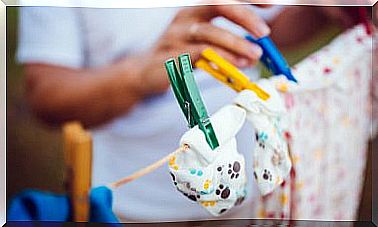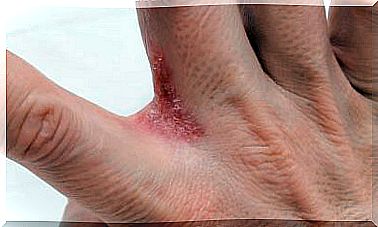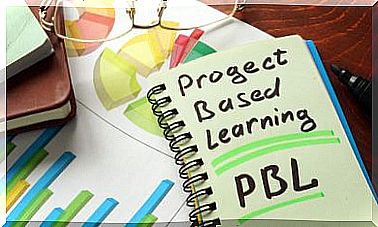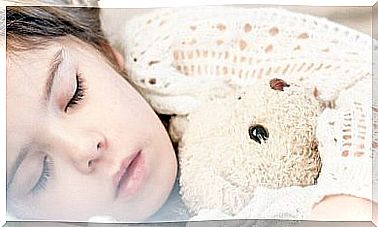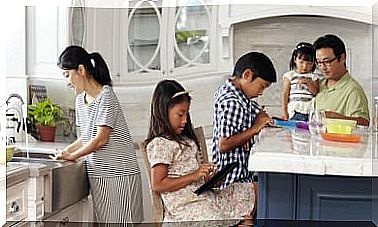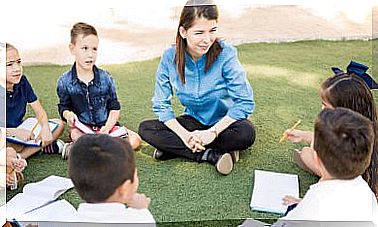Heat Stroke In Children: How To Act?
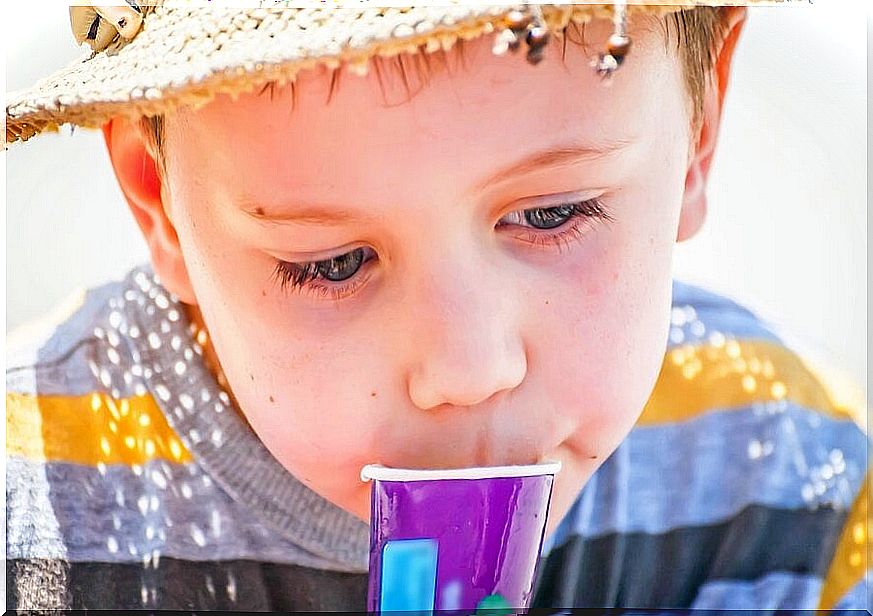
Heatstroke in children occurs as a consequence of exposure to high temperatures and the intensity of the sun’s rays, characteristic of the summer season. This disorder can cause cramps, dizziness, dehydration and other discomfort. It is also known by the name of ‘hyperthermia’ or ‘overheating’, due to the malfunction of the body’s regulatory centers.
When observing that a child presents symptoms more than heat stroke, you must act immediately. The first measure to be carried out should be to call the emergency service of the country where you are and, while help arrives, the child should be placed in a dark, cool room, applying cold baths or wet cloths on the skin to refresh it.
During the summer, the recommendations to wear light clothing or to place, from time to time, in the shade may seem unimportant but, in reality, they can prevent heat stroke in children from leading to complications.
What should you know about heat stroke in children?
Heatstroke in children may seem like a mild disorder, but it is not. In fact, it can severely affect the kidneys, muscles, heart, and brain. Therefore, in the presence of symptoms, you must act immediately.
The longer it takes to apply first aid, the greater the complications. And if proper treatment is not provided, the outcome can be fatal.
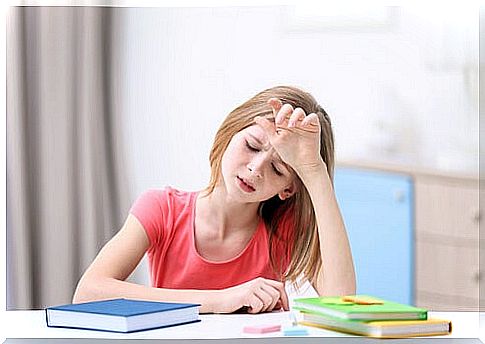
Symptoms of heat stroke
- Dizziness
- Sickness.
- Vomiting
- Agitation.
- Extreme thirst.
- Headache.
- Hyperventilation
- Red and dry skin.
- Low frequency of urination.
- Temperature above 40 ºC.
- Irritability and crying (especially in babies).
- Confusion and trouble concentrating. There may also be difficulty pronouncing the words.
- Palpitations, altered pulse and general weakness. The child will feel weak and with a racing heart.
- In more severe cases, seizures can occur.
Heatstroke care in children
Parents should keep the child in the shade or in a dark room at the time of a hit. They should also remove his clothes or leave him with the lightest possible clothing, so that he can cool off and his temperature can drop.
Also, while medical help arrives, try to refresh the body, either with wet cloths or cold showers. However, it is important that, when immersing a child in a tub of cool water, it is done little by little and not suddenly.
You can take a spray bottle and spray the body with cool water before soaking your child in the tub. At the same time, the child should be fanned and damp cloths applied to areas such as the neck, armpits, and groin.
Measures to be applied
To avoid heat stroke in children, it is important to take into account some simple measures that are available to everyone. Parents should only pay attention to these recommendations, in the months of intense heat or when their children are in very hot places.
- Apply sunscreen, put on hats and appropriate, light clothing (cotton and materials that allow perspiration).
- Make sure your child stays well hydrated and drinks water throughout the day. Additionally, they can drink natural juices.
- When you are at home, prevent the sun from entering directly, with the help of curtains, windows or blinds.
- Avoid doing strenuous exercise outdoors, without parental supervision.

To avoid complications, in addition to the above measures, the following should be applied:
- Avoid prolonged exposures to the sun and especially during the hours of greatest radiation, such as at noon.
- Do not leave children in vehicles or rooms without ventilation.
- If the child is enrolled in an activity, try to do it in the cooler hours of the day or when the sun is low.
When should you go to the doctor?
When or the child presents the first symptoms of heat stroke, such as headache, nausea and vomiting, it means that it is necessary to immediately withdraw to a cool and shady place and apply the aforementioned measures.
In case of pres When symptoms of the second stage of heat stroke, cramps, body temperature greater than 40 ºC, seizures, weakness and disorientation, parents should contact the doctor for immediate attention. While help arrives, try to hydrate the baby or child and elevate their legs to counteract the shock.
Heatstroke can greatly affect the health of children, so taking preventive measures and staying continuously informed will be essential for parents.



